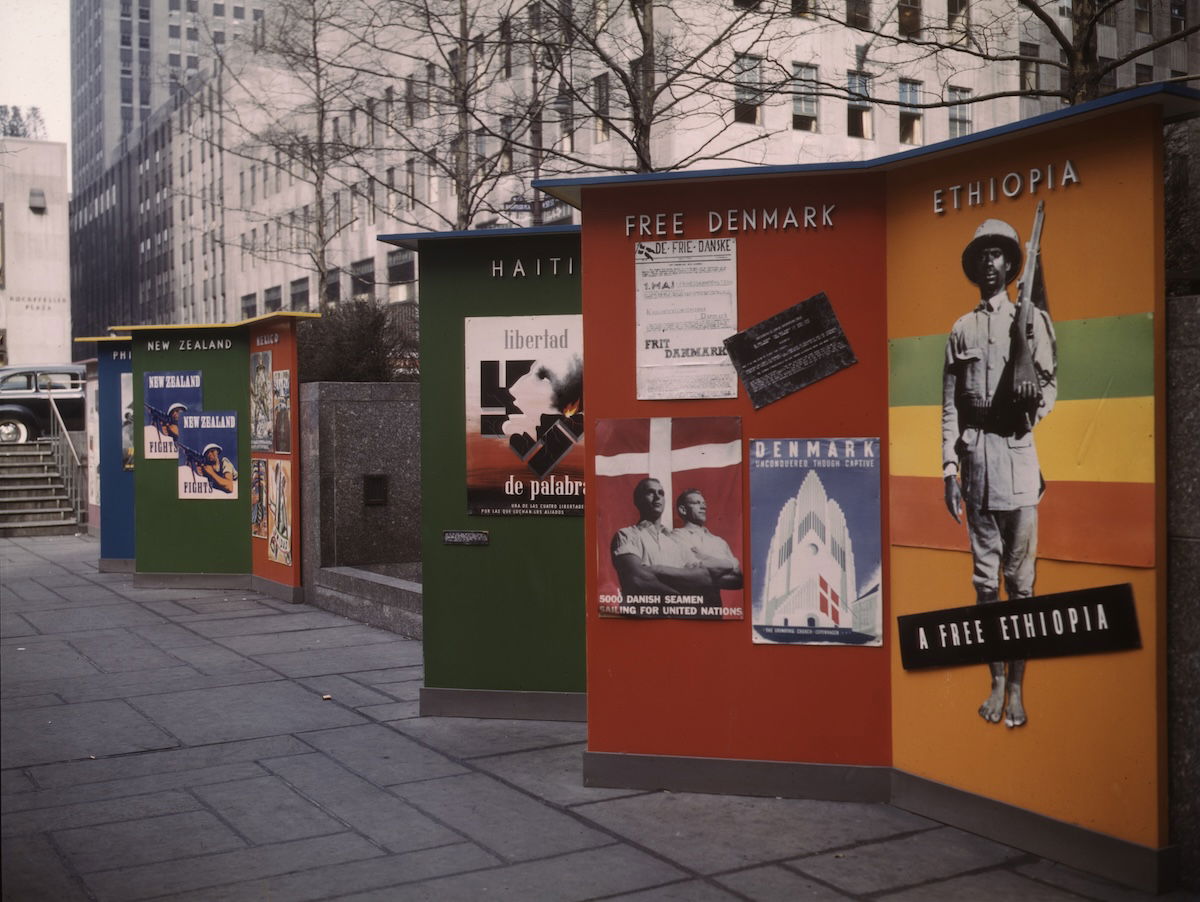The United Nations in War and Peace
President Roosevelt’s introduction of United Nations Day and his Four Freedoms boosted morale in the fight against fascism and set the stage for a post-war UN.

14 June 1942 was the first United Nations Day. An event launched by US President Franklin Roosevelt six months after the United Nations was established on New Year’s Day that year, it was celebrated around the world. Nowadays, UN Day is October 24th (marking the formal ratification of the UN in October 1945). The connection between the United Nations and the Second World War has almost entirely been forgotten, and the date is more likely to be remembered as the day that Anne Frank began her diary. If it is marked at all, it is as a non-governmental occasion at the fringes of national life. But between the first United Nations Day in June 1942 and spring 1945 (the time of the creation of the UN Charter at San Francisco), the United Nations became a political-military alliance without which the outcome of the Second World War would have been different and the UN we know today non-existent. During this period, United Nations Day played an important part in the international political mobilisation for the war and the peace that followed.
